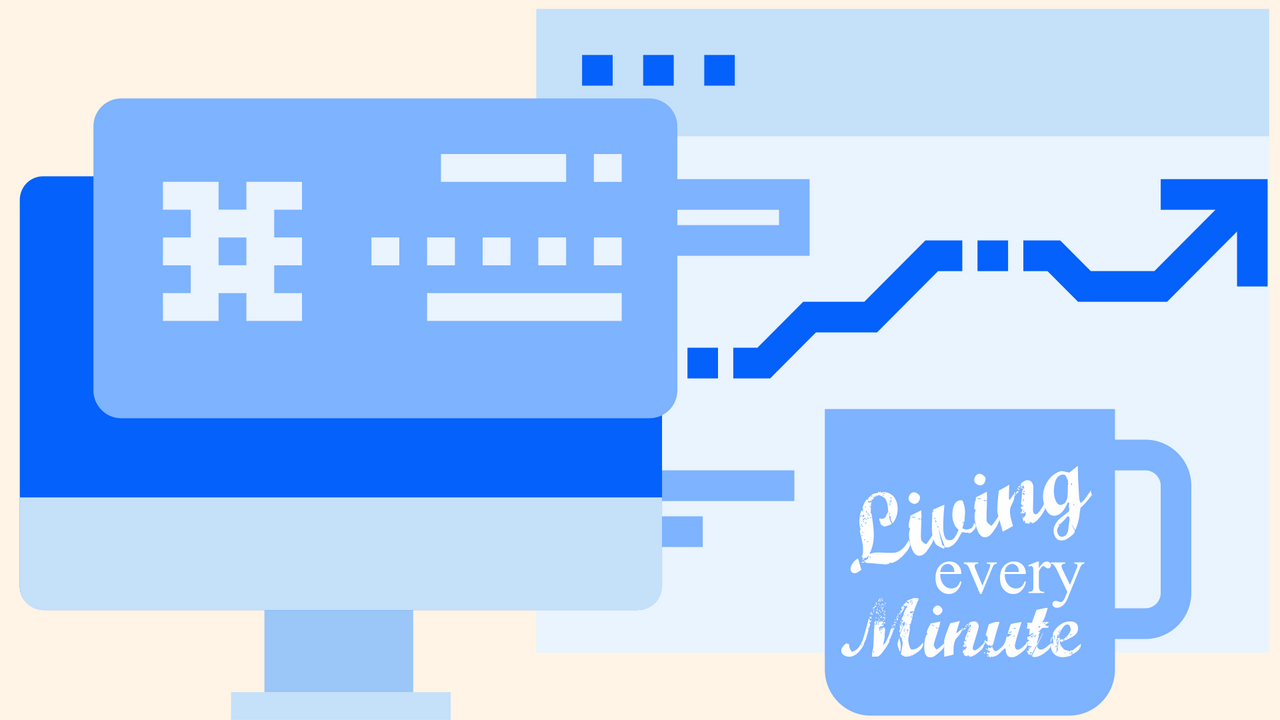Balance Sheets: A look at Assets and Depreciation
Oct 09, 2021
One of the most difficult things to learn about running a business is how to understand financial statements. Balance Sheets, Profit and Loss Statements, and Cash Flow Statements are terms you may have heard, but do you really understand what the statements teach you and how you can manage with them? How often should you look at them? I thought I would share with you today a brief introduction to balance sheets and how you can utilize them in your life and business!
What is a Balance Sheet?
A balance sheet is a snapshot in time. It tells you where you are on a specific day. It’s not a movie of how your business has performed over time. Instead, it simply describes what you or your company own (assets), owe (liabilities), and what it is all worth (equity). On a balance sheet, assets include cash, accounts receivable, inventory, and prepaid expenses. Liabilities include accounts payable, accrued expenses, current portion of debt, and income taxes payable. By definition, a balance sheet has to be equal. Assets have to equal liabilities and equity. Worth (equity) is equal to assets minus liabilities. For example, your personal net worth is equal to everything you own minus everything you owe. On a balance sheet, that equation is switched around, so that your assets are equal to your liabilities, plus your worth.
Understanding Your Assets
Assets on a balance sheet are described in order of liquidity, with cash being the most liquid. If you look at your assets, you will have your cash, accounts receivable, inventory, and prepaid expenses. When you add those together, that equals your current assets. Then you have other assets, fixed assets at cost, and the accumulated depreciation. Your net fixed assets are your fixed assets at cost minus your accumulated depreciation. Your total assets are your current assets, plus your other assets, plus your net fixed assets. Current assets are the assets that are going to turn into cash sometime in the next 12 months. They are what are used to pay your bills. On your cash flow statement, the ending cash number should be the same number as cash on your balance sheet.
Other Assets on Your Balance Sheet
Inventory on balance sheets should include anything you have in inventory on the supply side of your business. Prepaid expenses can include things like insurance and salary advances. They are not actually cash, but they will keep you from having to spend cash. Trademarks, trade names, patents, intangibles, and goodwill often also show up as assets, but they can screw up your balance sheet. Make sure to look at the accounting rules when you value these, but also know they tend to have more value to you as an owner than they do to someone who may be buying your business down the road.
Fixed Assets at Cost
Anything that you own, when you buy it, is placed on the balance sheet at the cost you paid for it under the category “Fixed Assets at Cost.” This category includes things like buildings, computers, equipment, and automobiles. It doesn’t matter what happens to the value of the item after you purchase it, it is always listed on the balance sheet in this category at the cost you paid for it.
Understanding Depreciation
Net fixed assets are your assets minus your accumulated depreciation of these items. Depreciation is often confusing to a lot of people. Depreciation is the decline in the value of an asset over time. It’s an accounting convention to take into account the wear and tear of an asset.
For example, let’s say you buy an X-Ray machine for $100,000, and it can be depreciated for 10 years. Each year your balance sheet will show $10,000 less for the depreciation value of the X-Ray machine. Under accumulated deprecation, each year this amount will increase by $10,000 because you are accumulating the depreciation amount you have taken each year. In six years’ time, the accumulated depreciation will total $60,000. Depreciation lowers profits on your P&L statement, but it does not lower cash. You do not write a check for depreciation. This is why net income does not equal cash. It has nothing to do with the “real worth” of an asset. The only thing on a balance sheet is what has actually happened. It does not necessarily reflect the true worth or current market value of the item. Depreciation is spreading the cost of an asset over its usable life. This is just a snapshot of certain things to look to be aware of.
I hope this helps!
Living Every Minute,
Dr. Tim
Share This Blog Post
- OR -
Create Spectacular In Every Area of Your Life
Find the solutions that will improve your health, wealth & relationships.
Stay connected with news and updates!
Join our mailing list to receive the latest news and updates from our team.
Don't worry, your information will not be shared.
We hate SPAM. We will never sell your information, for any reason.

